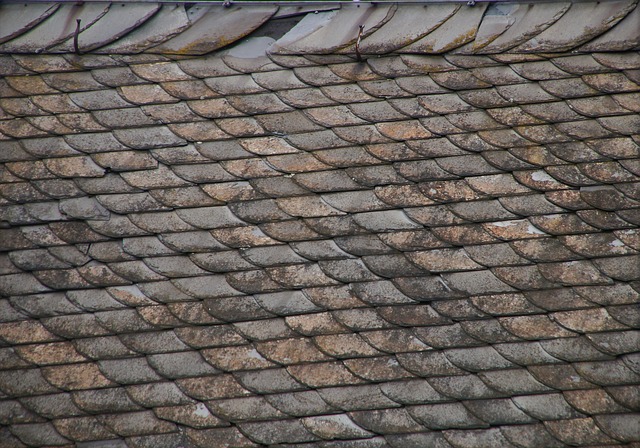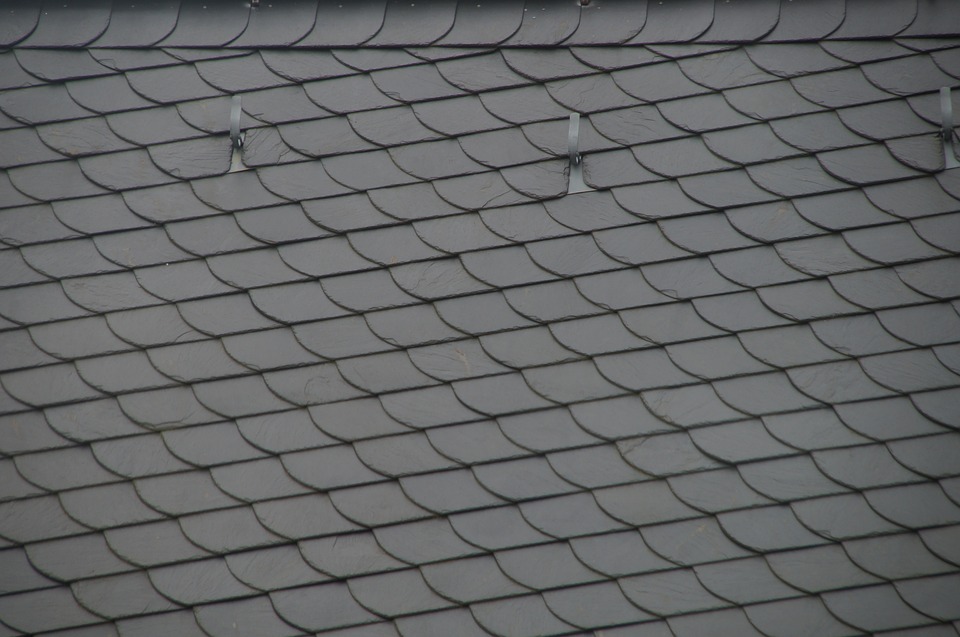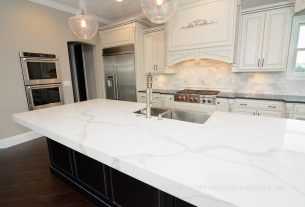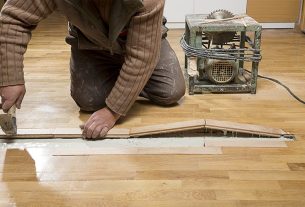Roof Insulation From the Inside
Contents
– Principle and solutions for roof insulation from the inside
– Implementation and price of roof insulation from the inside
The roof is where the most heat is lost from a house. The heat generated at great expense rises to the ceilings and top where, without insulation, it is dispersed through the roof. In hot weather, the roof exposed to the sun’s rays overheats the house if there is no insulation to interrupt the heat transmission. Roof insulation from the inside is a simple and effective remedy for thermal discomfort that can be applied to any individual house. Find out more about the principle and solutions of roof insulation from inside the house and how to implement them.
Principles and solutions for insulating a roof from the inside

The thermal insulation of a roof is essential. This high-performance insulation makes sense when the construction is recent, particularly in energy-saving houses. But in an old place, the insulation may be insufficient or non-existent in rustic buildings. There are two main ways to insulate a roof:
– With the removal of the roofing: this is the case of under-roof insulation, which requires insulation to be laid on the roof before the waterproofing is redone (tiles, slates, etc.). This solution is effective but expensive because of the need to remove the roof covering unless the opportunity is taken to replace the roof covering in the case of asbestos removal or porous roof tiles.
– Without removing the roofing: from the inside of the house (attic or loft), as long as the inside of the roof is accessible. This is the least expensive solution, which only involves purchasing and fixing insulation materials chosen according to their nature and thickness, depending on the space available and their performance.
Therefore, installing insulation from the inside is to determine first which insulation(s) and insulation protectors to install and then where and how to install them.
– The choice of insulation: several choices are possible depending on the nature and thickness of the material. The performance of the insulating materials can be found in the comparison of thermal insulation materials, and their consistency must be able to adapt to the space available for their placement under the roof. The performance in terms of thermal phase shift should also be consulted, especially in hot regions.
– The thickness of the insulation: the choice is made according to the thickness of the roof rafters. In general, it is easiest to choose an insulation thickness less than or equal to the height of the available rafters. The insulation can be easily fixed between the rafters. A covering can then be screwed onto the rafters to hide the insulation and its protection visually.
Good to know: the vast majority of insulating materials, and in particular natural insulating materials (glass wool, rock wool, fibres, etc.), must be protected from condensation and dampness by laying a vapour barrier membrane.
– The type of installation: the structure of the insulation material: flexible or rigid, can be glued with an insulating mastic adhesive, stapled or nailed.
Implementation and price of roof insulation from the inside
According to one’s budget and immediate financial resources, the first choice to make in an insulation project is to determine whether one wishes to install the insulation oneself or have it installed and benefit from energy performance improvement aids (Energy-saving certificates, etc.).
The insulation will be carried out according to the texture of the insulation chosen:
– Flexible insulation such as mineral wool is sold in rolls that must be cut to the required dimensions and then fixed by stapling or nailing to the rafters, respecting a watertight overlap to limit thermal bridges. The connection of the panels to each other and the rafters can be daunting, while the cutting of mineral wools can be a source of skin and respiratory allergies.
– Semi-rigid insulations such as synthetic panels and some plant and plant residue panels are easy to install, especially as some are already coated with a reflective film to increase their performance and sometimes with the essential vapour barrier membrane. They are inserted between the rafters and usually glued in place to maintain the integrity of the surface.
– Reflective films are ultra-thin and can be installed anywhere, including in place of or in addition to thicker insulation, but are also used to complete the insulation by covering the rafters.
Some insulation panels are manufactured with a smooth face that can be left as is, painted or decorated. In contrast, flexible insulation and films require a covering to be fitted afterwards to obtain aesthetic walls (plywood, etc.).
Prices vary according to the type of insulation chosen and the purchase price of materials and supplies. You must add the installation price if you hire a professional to insulate your roof.



